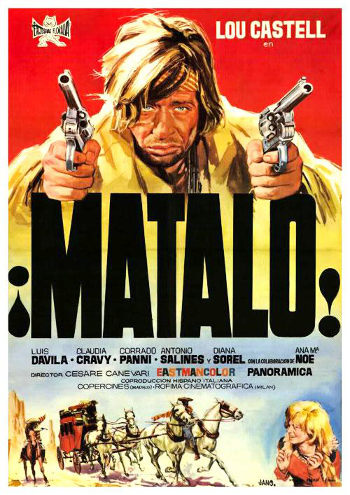 Three bandits take refuge in a ghost town named Benson City. The group includes Bart, a double-crossing but handsome scoundrel who’s just been saved from a hangman’s noose; Ted, who’s both sadistic and slightly deranged; and Phil, who’s wary of the other two and not above pulling a double cross himself.
Three bandits take refuge in a ghost town named Benson City. The group includes Bart, a double-crossing but handsome scoundrel who’s just been saved from a hangman’s noose; Ted, who’s both sadistic and slightly deranged; and Phil, who’s wary of the other two and not above pulling a double cross himself.
They’re soon joined by a pretty young woman named Mary (Claudia Gravy). She’s Phil’s gal for now, but she’s got a roving eye and a tendency to tease.
She’s also got a knack for playing the damsel in distress, which helps the gang rob a stage and make off with a small fortune in gold. Bart’s severely wounded in the holdup and left for dead.
The survivors head back to Benson City to dream about spending their newfound fortune, as soon as they can arrange to turn the gold over to a man named Baxter for cash.
But strangers keep showing up in this ghost town.
They include Gertrude Benson, the lone resident clinging to the hope of restoring Benson City to its former glory; Ray (Lou Castle), a preacher’s son who doesn’t believe in guns; and Bridgette, a young woman whose husband has died in the trip West.
Someone else has returned to Benson City, too.
Someone with a thirst for Mary, for revenge and for the gold.
An identical plot to 1968’s “Kill the Wicked” (aka “God Does Not Pay on Saturday”). But this is a far more surreal film. Not entirely successful, mind you, but difficult not to watch because it’s so different.
Among the scenes you’re likely to remember: Phil whipping Ray with a heavy metal chain. Mary going back and forth on a swing, above Ray, coming dangerously close to him with a knife she’s holding, all the while teasing Phil with near kisses. And a final showdown in which the film’s hero uses boomerangs instead of bullets.
Lou Castel gets top billing as Ray, though he doesn’t show up until the second half of the film. While he certainly suffers the most abuse, this picture is successful because of over-the-top performances from Carrado Pani as Bart and Claudia Gravy as Mary.
Pani plays his part like a self-indulgent rock star. He’s even dressed like one. And he enjoys sniffing his gun after a good kill. If he’s the rock star, Claudia Gravy is the groupie wearing fringe. Which guy does she really want? The one who winds up with the gold, of course.
Directed by:
Cesare Canevari
Cast:
Lou Castel … Ray
Corrado Pani … Bart
Antonio Salines … Ted
Luis Davila … Phil
Claudia Gravy … Mary
Ana Maria Noe … Gertrude Benson
Diana Sorel … Bridgette
Miguel Del Castillo … Baxter
Also with: Anna Maria Mendoza, Bruno Boschetti, Mirella Pamphili, Joaquin Parra, Antonio Orengo
aka:
Matalo!
They Called Him Matalo
Welcome to Hell City
Kill Him
Score: Mario Migliardi
Song: “Matalo: by Giano Ton
Runtime: 90 min.
Memorable lines:
Bart: “When I was about knee-high to a rattlesnake, my pop told me: ‘Boy, don’t ever forget what I’m about to tell ya. Money is everything. It’s love. It’s life. And everybody steals it, those way up on top, the filthy rich, as well as the poor slobs down at the bottom.”
Bart to Ted: “The good book said, ‘A man shouldn’t desire another man’s woman, especially if he’s ornery lookin’, like you.”
Bart to Ray: “If you succeed in killing me, you know what you’ll have left? A crazy old lady and a town of tombstones.”
Trivia:
Cesare Canevari directed just nine films, and this marked his only Spaghetti Western. It was preceded by 1969’s “A Man for Emmanuel,” which marked the first Emmanuel film and starred Erika Blanc, who frequented many a Spaghetti Western. It was followed, seven years later, by “the Gestapo’s Last Orgy,” about a prison camp for young Jewish woman that doubles as a brothel for German soldiers.
One of three just Spaghetti featured roles for Claudia Gravy, though 14 years later she had a key role in the cult film “Yellow Hair and the Fortress of Gold.” Her other Spaghettis: “Bullets Over Dallas” and “Adios Cjamango,” both from 1970. Often billed as Claudia Gravi, she was still appearing in Spanish TV series in 2013, by which point she had more than 140 TV and screen roles to her credit.
In a 2013 interview, Lou Castel said he often accepted roles based on one scene or one idea in a film. In this case, it was the idea of a boomerang-flinging cowboy, though it all didn’t turn out as expected. One time when he threw the boomerang at the camera, as directed, he hit the director right in the stomach. And he wasn’t exactly impressed with the impact the boomerang seemed to make when striking its target in the finished film, though he credited Antonio Salines (in the role of Ted) for doing a fine job of acting seriously injured.
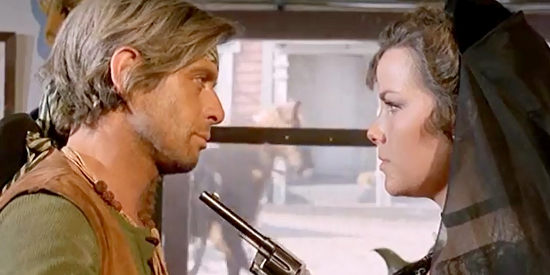
Ana Maria Mendoza as the mourning widow who can’t quite pull the trigger on Bart (Corrado Pani) in Matalo (1970)
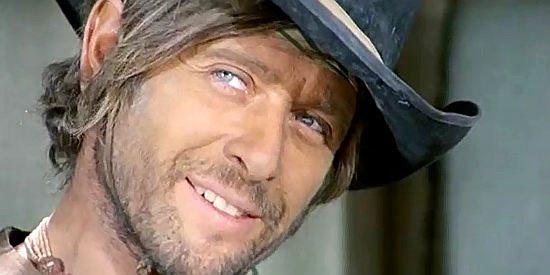


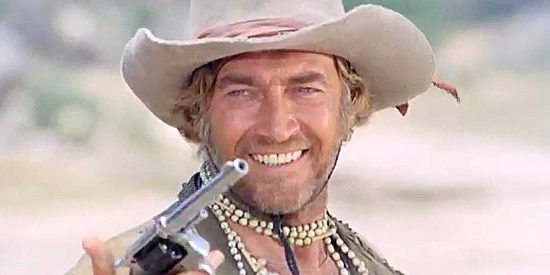
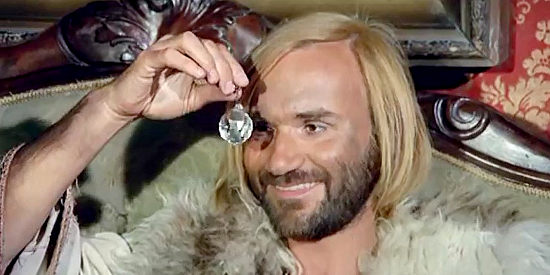
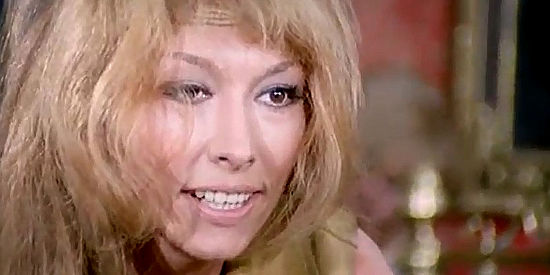
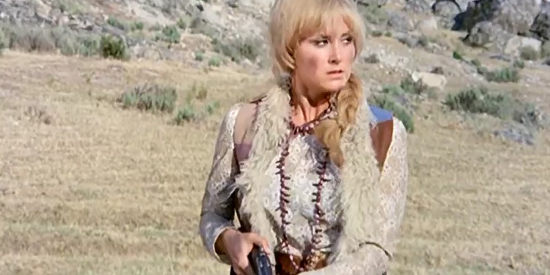

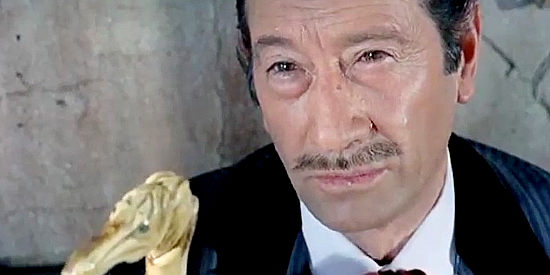
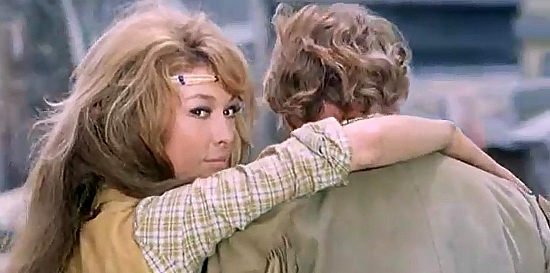
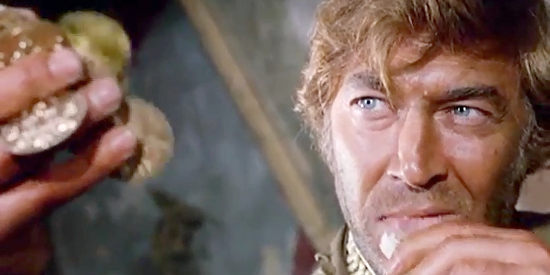
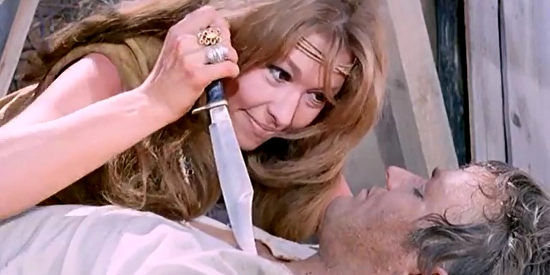

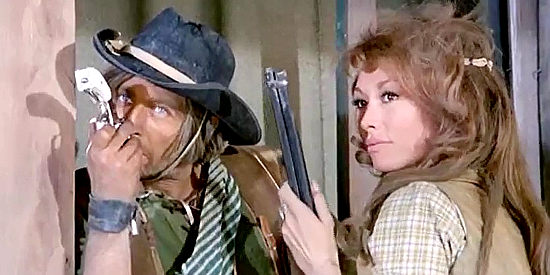
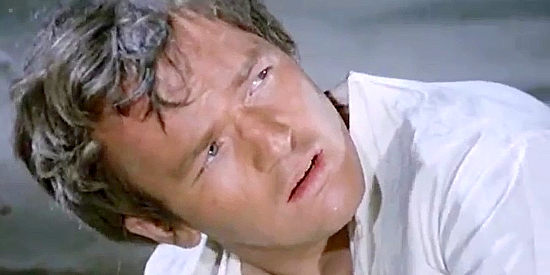
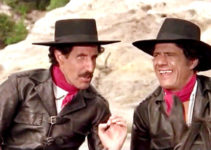
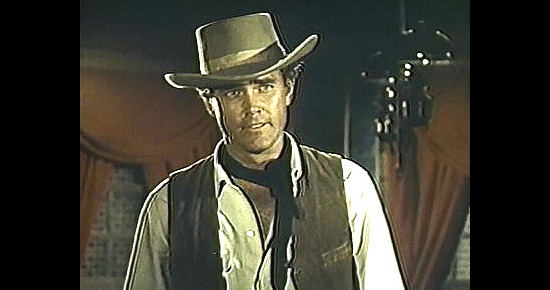
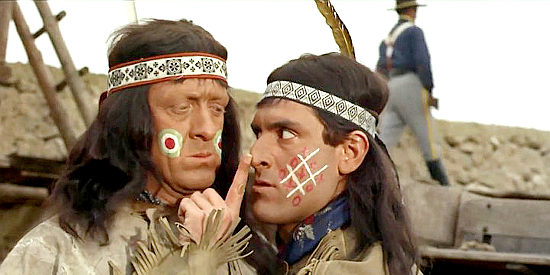
Very weird, violent, sensual, and acid-tinged. I loved every second.